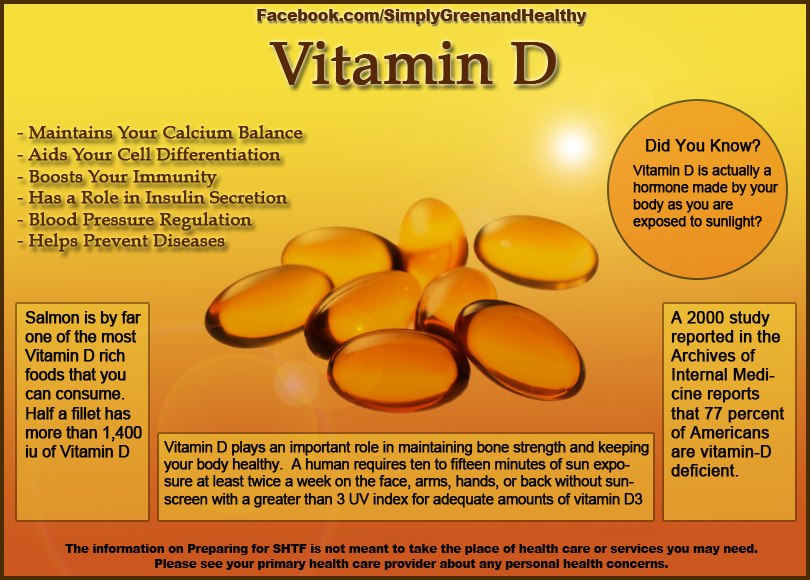
One study reports an increased risk of prostate cancer for men with 25D levels above 90 ng/mL, for example. Gilchrest points out a problem with the literature: Everyone recommends something different, depending on the studies with which they are most aligned. Manufacturers must add vitamin D to infant formula milk by law.Īnother source of vitamin D is dietary supplements. The amounts added to these products can vary and may only be added in small amounts. Vitamin D is also added to all infant formula milk, as well as some breakfast cereals, fat spreads and non-dairy milk alternatives. We also get some vitamin D from a small number of foods, including oily fish such as salmon, mackerel, herring and sardines, as well as red meat and eggs. From about late March/early April to the end of September, most people should be able to get all the vitamin D we need from sunlight. Our body creates vitamin D from direct sunlight on our skin when we’re outdoors. Read on to explore the facts, and some common myths, about vitamin D. Theres no vitamin or supplement that is a cure-all, health experts agree.

Theres an expectation that vitamin D is a miracle drug, and that if we all just take megadoses of it, it will solve all problems, says Anne McTiernan, MD, PhD, a professor of epidemiology at the Fred Hutchinson Cancer Research Center in Seattle and the author of Starved: A Nutrition Doctors Journey From Empty to Full.

Still, with all that chatter come some misconceptions.


 0 kommentar(er)
0 kommentar(er)
